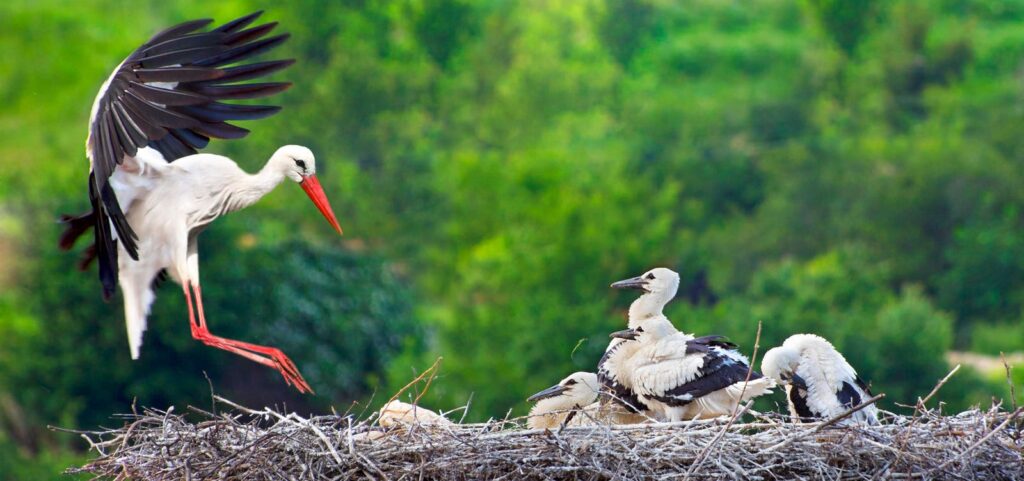
Why “Brood Reduction” in Storks is As Necessary As It Is Brutal—A Biologist Explains
When it comes to discussing the parenting strategies of storks, we must acknowledge that their methods can be quite brutal. The harsh reality is that these magnificent birds may abandon their weaklings at a time when resources are scarce, choosing instead to invest energy in healthier offspring with a better chance of survival. This phenomenon, known as brood reduction, has garnered significant attention from the scientific community and animal enthusiasts alike.
But what drives this behavior? As a biologist, I’m here to provide an insightful look into the ecological pressures that have shaped the storks’ remarkable ability to adapt to their environments in ways that often seem cruel to human observers.
Storks are monogamous birds, often returning to the same nesting sites with their partners year after year. Their impressive migrations, covering up to 12,500 miles annually, are guided by thermal air currents that enable them to soar with minimal energy expenditure. Unfortunately, human activities have exacerbated the resource scarcity that pushes storks into employing techniques like brood reduction.
The reality is that habitat destruction and climate change have disrupted food chains, making survival even tougher for these birds. A January 2000 article published by researchers at the Max Planck Research Center for Ornithology highlights this issue. However, conservation efforts have been successful in stabilizing some stork populations. For instance, European programs focused on restoring wetlands and reducing pesticide use have provided better foraging opportunities.
The evolutionary roots of brood reduction lie in their ability to adapt to diverse environments. Fossil records indicate that storks have been around for over 25 million years. This prolonged presence has led them to develop survival strategies that prioritize the well-being of a smaller number of offspring, rather than exhausting themselves by caring for multiple weaklings.
Their impressive migratory journeys are guided by thermal air currents that allow them to soar with minimal energy expenditure.
It’s essential to understand that this behavior is not unique to storks alone. Many species have developed strategies like brood reduction in response to adverse environmental conditions. By focusing their efforts on a smaller number of healthy chicks, they can enhance the genetic fitness of their lineage, ensuring the survival and potential long-term success of their population.
In conclusion, it’s crucial that we acknowledge the intricate web of ecological pressures shaping stork behaviors. Their ruthless parenting methods are not just an instinctive behavior but rather a response to millions of years of adaptation and evolution.
We can learn valuable lessons from these remarkable creatures about resource allocation and natural selection.
Source: www.forbes.com


